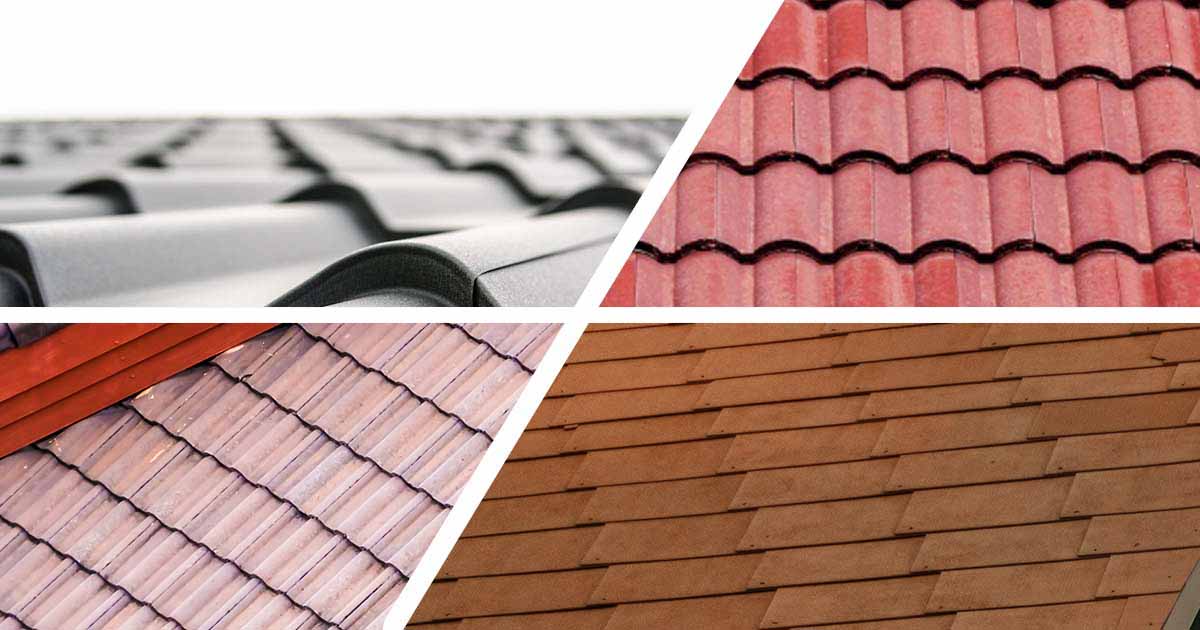As the leaves fall and temperatures drop, homeowners across the northern hemisphere prepare for winter. While you may be busy winterizing your home with insulation and sealing up gaps, have you ever considered how the color of your roof can impact your comfort and energy bills during the colder months? In this blog, we will explore the best roof color for winter, considering aesthetics, energy efficiency, and other important factors.
The Science of Roof Colors
Before delving into the best roof colors for winter, it’s essential to understand the science behind it. Dark colors, like deep browns and black, absorb and retain heat, making them ideal for colder climates. Lighter colors, such as white, reflect sunlight and heat, keeping your home cooler during the summer. Therefore, selecting the right color for your roof is crucial in maintaining a comfortable indoor temperature throughout the year.
Dark Roof Colors for Winter
If you live in an area where winters are harsh and cold, dark roof colors are your best friend. Dark shades, such as deep brown or charcoal gray, absorb sunlight and heat, helping to melt snow and ice faster. This can prevent the buildup of snow on your roof, which can lead to ice dams and potential damage.
Additionally, dark roofs can naturally raise the temperature in your attic, which is beneficial during the winter. A warmer attic helps prevent ice dams, which occur when the warmth from your home rises and melts the snow on the roof, only for it to refreeze at the eaves. This can lead to water damage and a hefty repair bill.
Light Roof Colors for Winter
While dark roof colors are excellent for colder climates, they may not suit every home. In regions where winters are milder, or summers are scorching, lighter roof colors, such as white, light gray, or beige, are more practical. These colors reflect sunlight, keeping your home cooler in the summer and reducing air conditioning bills. However, in the winter, they don’t absorb heat as effectively as darker colors.
If you choose a lighter roof color in a colder climate, you must compensate with proper insulation and ventilation. Good insulation will help retain the heat inside your home, while adequate ventilation will prevent moisture buildup and mold in your attic.
Energy Efficiency and Savings
One of the significant advantages of choosing the right roof color for winter is energy efficiency. By selecting a color that helps regulate your home’s temperature, you can reduce your energy consumption and save money on heating bills. Dark roofs can help you maintain a warmer interior during the winter, while lighter roofs keep your home cool in the summer.
Aesthetics and Personal Preference
Beyond functionality and energy efficiency, aesthetics and personal preference are crucial in choosing the best roof color for winter. Your roof color should complement the overall design and color scheme of your home. While dark roofs are traditional and convey a sense of coziness, lighter roofs can give your home a bright and inviting appearance.
The best roof color for winter depends on several factors, including your climate, energy efficiency goals, personal preferences, and local regulations. Dark roof colors are excellent for colder climates, absorbing heat and preventing ice dams. Lighter colors are better suited to milder winters and hot summers, reflecting heat to keep your home cooler. Ultimately, the perfect roof color for your home is the one that enhances your comfort, suits your style, and aligns with your climate’s demands. By making an informed choice, you can enjoy a cozy, energy-efficient winter in your well-protected home.
